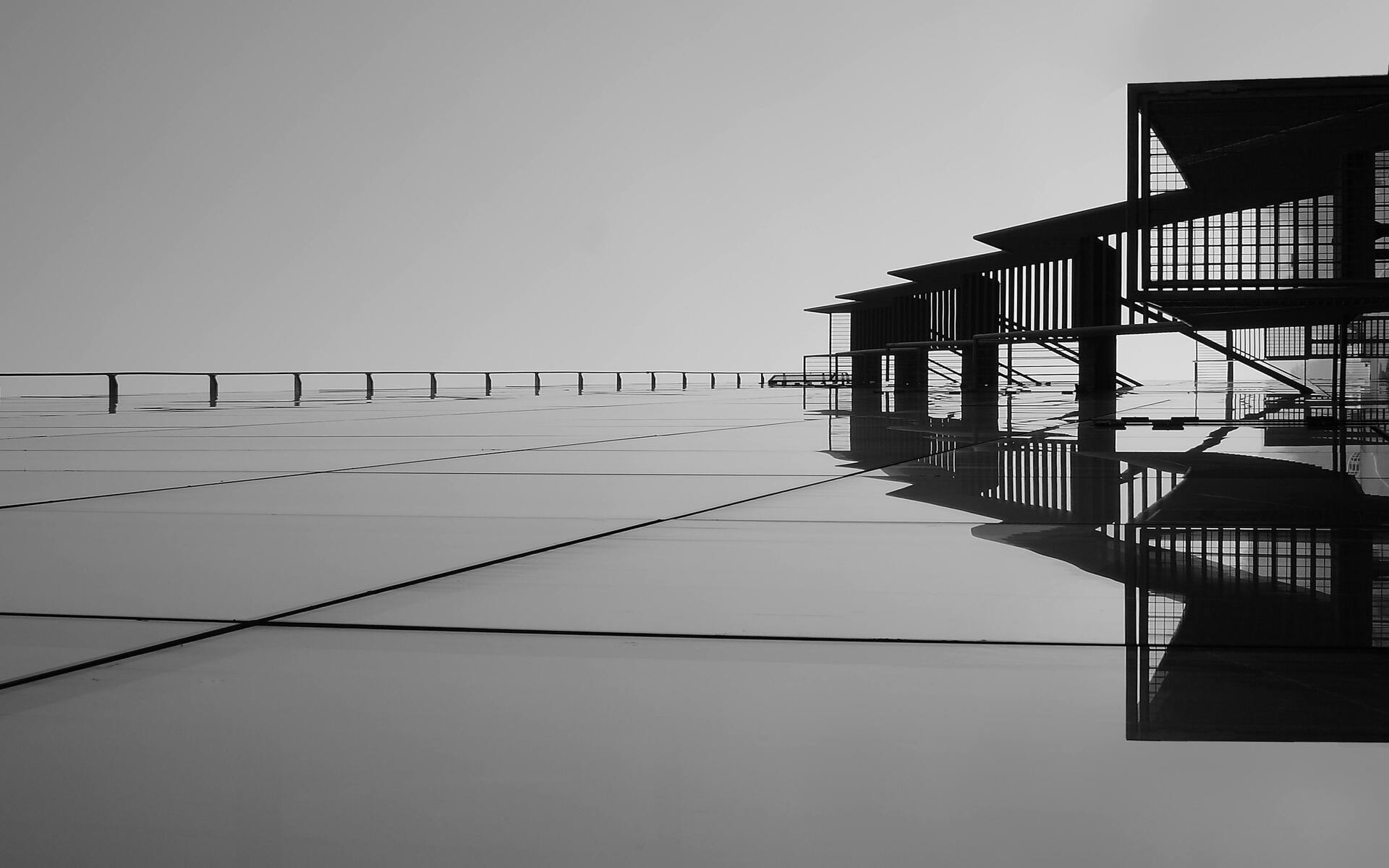
FAQ About Architectural Photography
Architectural Photography
2 years ago | gizem
What is the role of composition in architectural photography?
Composition is a fundamental and critical aspect of architectural photography. It plays a pivotal role in how you frame, arrange, and visually communicate the architectural subjects within your photographs. Effective composition in architectural photography serves several essential purposes:
- Highlighting Design Elements: Composition allows you to emphasize the key design elements of a building, such as lines, shapes, forms, and patterns. By framing these elements thoughtfully, you can draw attention to what makes the architecture unique and interesting.
- Balancing Elements: Good composition helps balance the various elements within the frame, ensuring that no single element dominates the image to the detriment of others. Achieving visual harmony is especially important in architectural photography where symmetry and balance are often key design principles.
- Creating Visual Flow: Composition guides the viewer's eye through the photograph, leading them from one part of the image to another in a deliberate and engaging manner. Leading lines, diagonals, and curves can be used to establish visual flow.
- Providing Scale and Context: Composition can include elements that offer a sense of scale and context. This is particularly important when photographing large or monumental buildings. Including people, vehicles, or other objects can help viewers grasp the size and proportions of the architecture.
- Framing and Cropping: The framing of a shot and decisions about what to include or exclude in the frame can dramatically affect the impact of the photograph. Framing elements, such as doors, windows, or natural surroundings, can add depth and context. Thoughtful cropping in post-processing can also enhance composition.
- Creating a Sense of Depth: Composition techniques like foreground interest and layering can give a sense of depth to two-dimensional photographs, making them more visually dynamic and engaging.
- Conveying Mood and Emotion: The way you compose a shot can influence the mood and emotional response of the viewer. For example, low angles and dramatic perspectives can create a sense of grandeur and awe, while soft, even compositions can evoke serenity and calm.
- Minimizing Distractions: Composition helps you control and minimize distractions within the frame. By carefully considering the placement of objects and elements, you can ensure that the viewer's attention remains focused on the architectural subject.
- Experimentation and Creativity: Composition allows for creative experimentation. By breaking traditional rules or experimenting with unconventional angles and perspectives, you can create unique and compelling images that showcase architecture in fresh and innovative ways.
- Alignment and Perspective Control: Achieving proper alignment and perspective is crucial in architectural photography. Correcting converging lines and ensuring that vertical and horizontal elements are straight and parallel is often achieved through careful composition or specialized lenses like tilt-shift lenses.
